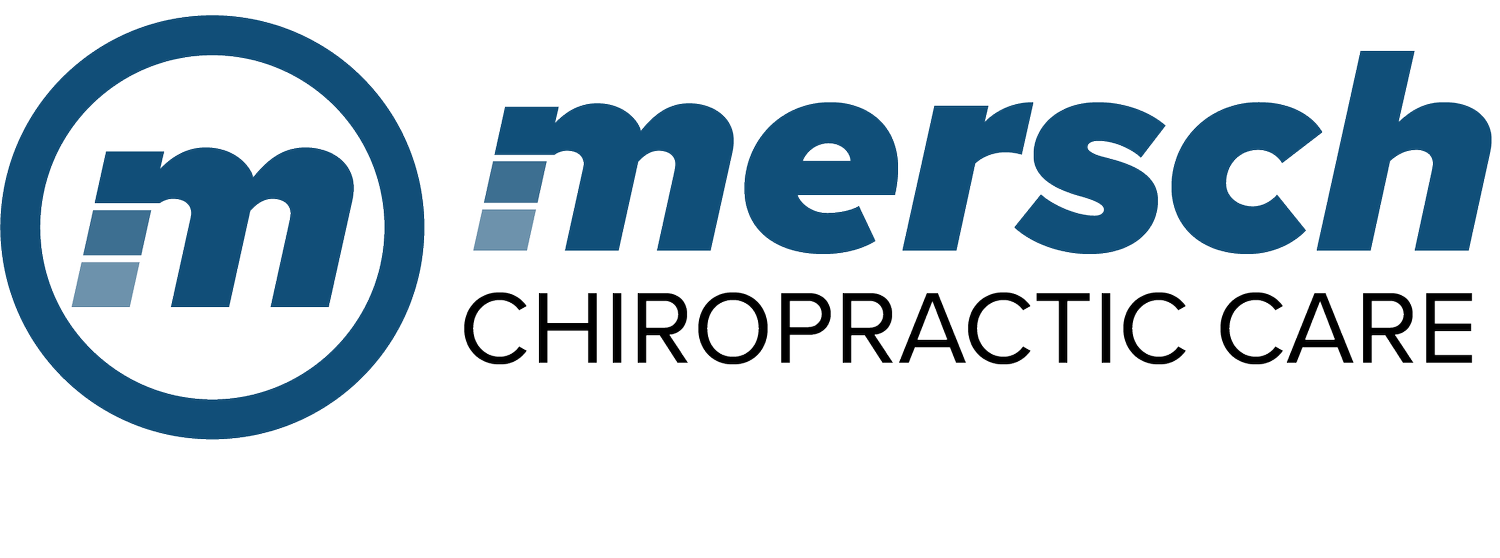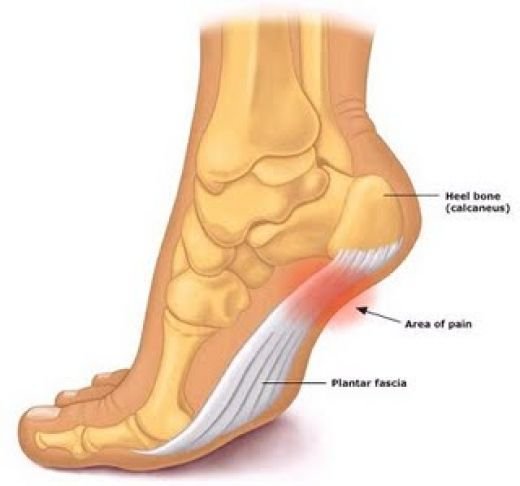Conquering Heel Pain: Shockwave Therapy for Plantar Fasciitis
Plantar Fasciitis Pain
If you’ve ever woken up to a sharp, stabbing pain in your heel that makes those first steps of the day feel like torture, you’re not alone. Plantar fasciitis is one of the most common causes of heel pain, affecting millions worldwide. This condition involves inflammation of the plantar fascia, a thick band of tissue that runs along the bottom of your foot, connectingyour heel bone to your toes. While traditional treatments like rest, stretching, and orthotics can help, shockwave therapy has emerged as a game-changer for many sufferers. In this post, we’ll dive into the major symptoms, who’s most at risk, how effective shockwave therapy is, and why it often outshines other options.
Understanding the Symptoms of Plantar Fasciitis
Plantar fasciitis doesn’t sneak up quietly—it hits with noticeable discomfort that can disrupt daily life. The hallmark symptom is a stabbing pain on the bottom of your foot, right near the heel. This pain is often worst in the morning when you first get out of bed or after prolonged periods of sitting or standing. It might start as a mild ache that feels like a stone bruise but can escalate to sharp, burning sensations that radiate through the arch of your foot. Other common signs include stiffness in the heel, dull constant aching, or pain that intensifies with activity like walking or climbing stairs. If ignored, it can lead to compensatory issues like knee or back pain from altered walking patterns
Plantar Fascia Anatomy
Who Is Most at Risk for Developing Plantar Fasciitis?
Not everyone is equally prone to plantar fasciitis, but certain factors can significantly increase your chances. It’s most common in people between the ages of 40 and 60, as the plantar fascia loses elasticity over time. Athletes, especially runners, dancers, or those involved in high-impact sports, face higher risks due to repetitive stress on the feet. Foot mechanics play a big role too—flat feet, high arches, or abnormal walking patterns can strain the fascia. Obesity adds extra pressure, while jobs requiring prolonged standing, like teaching or nursing, contribute to overuse. Limited ankle flexibility, such as tight Achilles tendons or reduced dorsiflexion, and even wearing unsupportive shoes are additional culprits. If you check several of these boxes, taking preventive steps like proper footwear and stretching could save you from future pain.
The Effectiveness of Shockwave Therapy
Shockwave therapy, or extracorporeal shock wave therapy (ESWT), uses high-energy sound waves to target the inflamed plantar fascia, promoting healing by stimulating blood flow and breaking down scar tissue. Studies show it’s highly effective for both acute and chronic cases, often reducing pain intensity and frequency after just a few sessions. Research indicates that 3-5 treatments can improve daily activities, recreational function, and even decrease the thickness of the inflamed fascia. Meta-analyses confirm its strong evidence for treating stubborn plantar fasciitis, with long-term benefits in pain relief and quality of life. Many patients report significant improvement where other methods fell short.
Shockwave Therapy for Plantar Fasciitis
Advantages Over Other Treatment Options
What sets shockwave therapy apart from alternatives like medications, physical therapy, injections, or surgery? For starters, it’s non-invasive, meaning no incisions or downtime—sessions last about 15-20 minutes, and you can often resume normal activities immediately. Unlike corticosteroid injections, which can provide quick relief but risk weakening the fascia or causing ruptures, shockwave therapy promotes natural healing without such complications. It outperforms conservative treatments like stretching or orthotics in stubborn cases, offering longer-lasting pain reduction and improved function. Compared to surgery, which is reserved for severe, unresponsive cases and carries risks like infection or nerve damage, shockwave is safer, quicker, and more cost-effective in the long run. Plus, it has minimal side effects—perhaps some temporary soreness—making it a preferred option for those avoiding drugs or invasive procedures.
In summary, shockwave therapy offers a promising path for those battling plantar fasciitis, addressing the root cause with proven results. If heel pain is holding you back, consult a healthcare professional to see if this treatment is right for you. With the right approach, you can step forward pain-free.
If you have questions about shockwave therapy or are interested in scheduling an appointment, contact our office.



